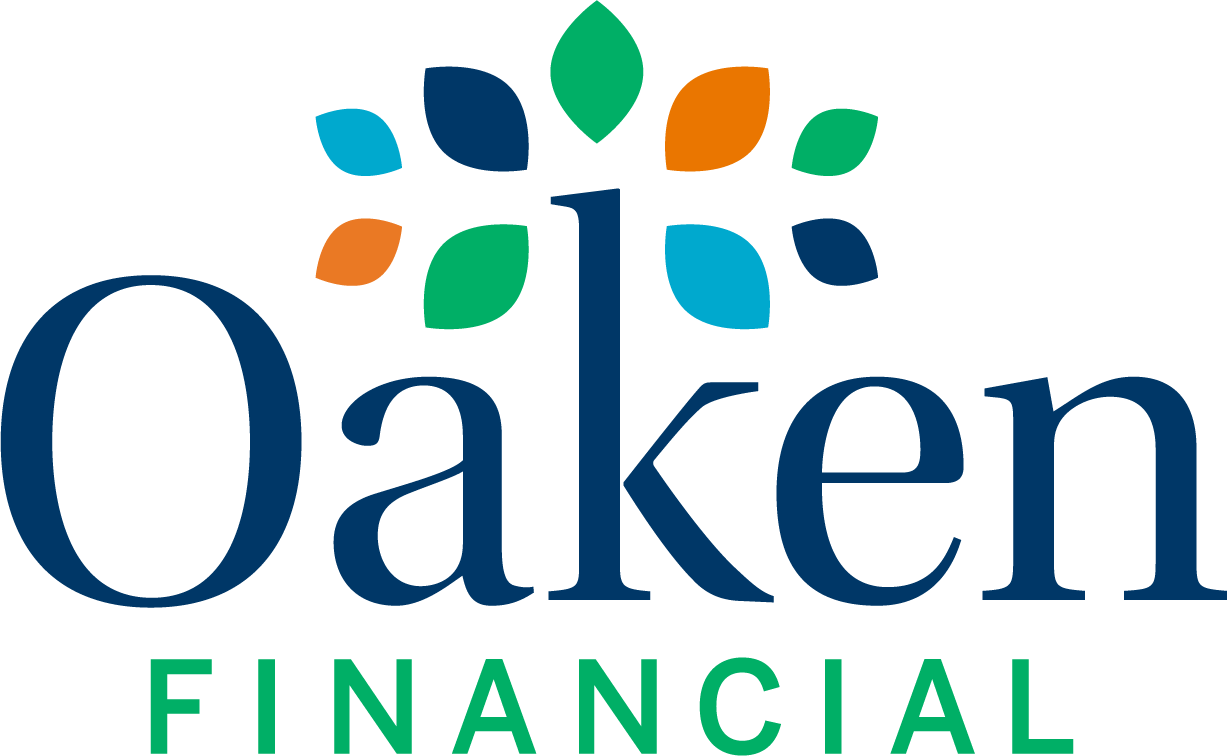We’re pleased to welcome Rubina Ahmed-Haq as a writing contributor to the Oaken Blog. Rubina is a highly regarded personal finance expert, and provides her thoughtful commentary for media outlets including the CBC and Global News. Rubina also writes for several magazines, and has her own website at alwayssavemoney.com.
We’re especially excited to announce that the following article is the first installment of the “Women and finance” series that Rubina has developed specifically for the Oaken Blog. Watch for additional articles from Rubina over the next few months.
Having one parent stay at home to raise children offers many benefits. It can be a big money saver and provides a huge opportunity to save on childcare costs, but it can also be detrimental to a stay-at-home parent’s retirement savings plans.
In the majority of cases, the stay-at-home parent is usually the mother. Statistics Canada reports that in 2015, there were 1,025,000 stay at home moms, compared to 32,000 stay at home dads. Meaning 97% of stay-at-home parents are women.
It’s important to note that for all those years they’re not working, the stay-at-home parent won’t be contributing to a workplace pension. They also won’t be creating room in their Retirement Savings Plan (RSP), or contributing to the Canada Pension Plan (CPP).
Retirement planning for the stay-at-home parent
When it comes to retirement savings, the message seems to be directed to those making a salary. One of the most popular savings vehicle is the RSP, but room in that plan is only created when you make money, and the maximum benefits go to those who are in the highest earning bracket.
But all Canadians are aging and moving towards retirement, whether they’re working full time or not. For a stay-at-home parent, the threat of financial hardship in retirement is even higher, as there's little guidance given to them about how they can properly plan and save for their senior years.
With the high cost of childcare in Canada everywhere, expect Quebec which has a subsidized program, one parent may choose to stay home to raise children simply because of economics. Whether staying at home for the short term or permanently, there are steps stay-at-home parents can take to make sure their retirement savings are covered.
Spousal RSP
The best advice is to open a spousal RSP that your partner can contribute too. A spousal RSP is designed to allow the higher earning spouse to use their contributing room to save for their partner. Contributions that a person makes to a spousal or common-law partner RSP reduces the contributor’s RSP deduction limit.
For a stay-at-home parent, once the money is in the spousal RSP, they can make decisions on how and where that money is invested. However, the contributor should be aware that the total amount they can deduct for contributions to their own RSP or their spouse or common-law partner's RSP, cannot be more than their own RSP deduction limit.
Use the TFSA
If a stay-at-home parent is earning income, the best place to save money for the long term is in a Tax-Free Savings Account (TFSA). That’s because the money in that account grows tax-free, and there’s no impact to your income when you withdraw. If the expectation is that your overall retirement income will be low, by keeping your taxable income as low as possible, you may be able to qualify for the greatest amount of Old Age Security (OAS), as well as the Guaranteed Income Supplement (GIS). Both those benefits are income-tested.
Make it a priority
Mothers always want to put their kids first. Most parents will sacrifice something in their life in order to give more to their kids. But when it comes to retirement savings, parents – especially stay-at-home moms – have to put themselves first. The reality is if you have not saved enough money for retirement, the financial burden will fall on your kids to help you out.
Being a stay-at-mom is arguably the hardest job. A 24-hour role, for which you don’t get paid. But that doesn’t mean you can’t take steps to make sure your retirement savings are on track, to ensure a healthy financial future for you and your family.



 Retirement
Retirement